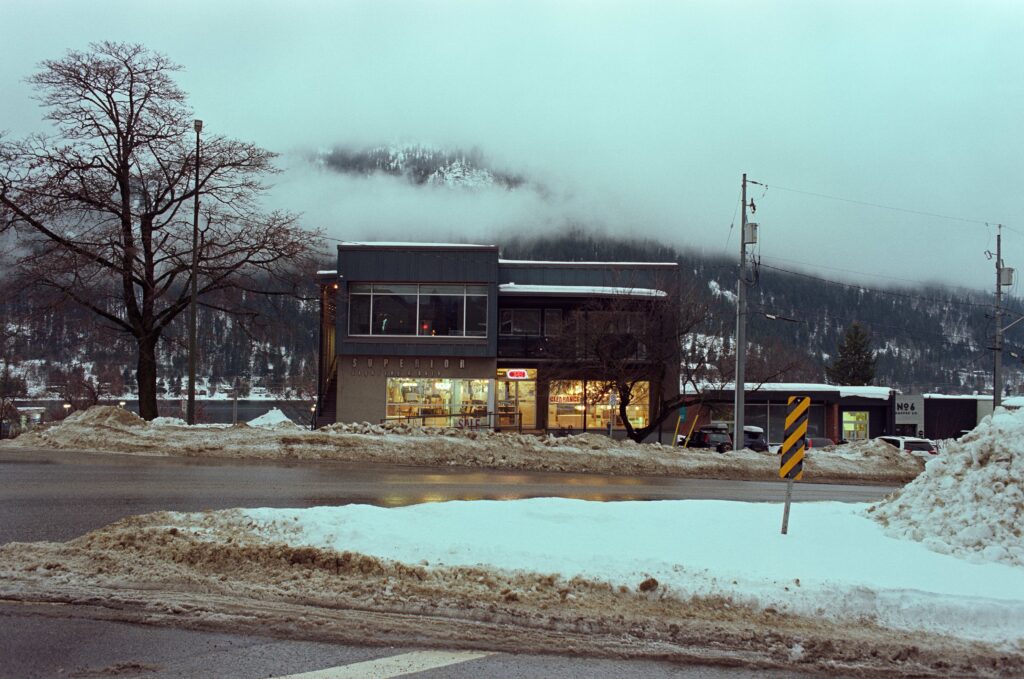


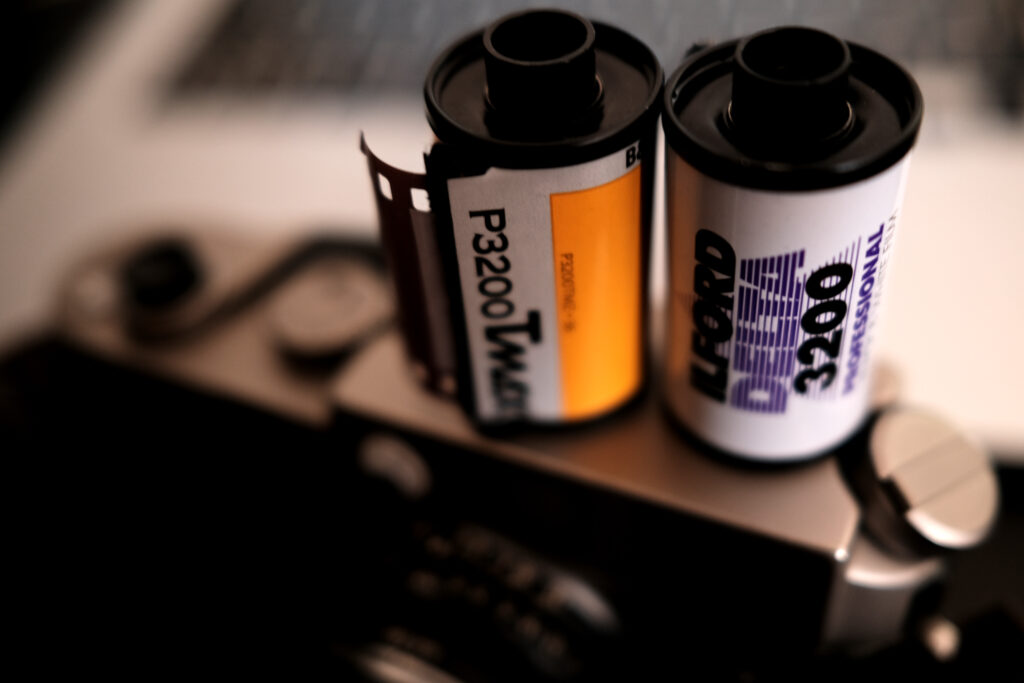
26 June, 2025
Re-valuing 3200 speed films @EI1000 with Ilfotec HC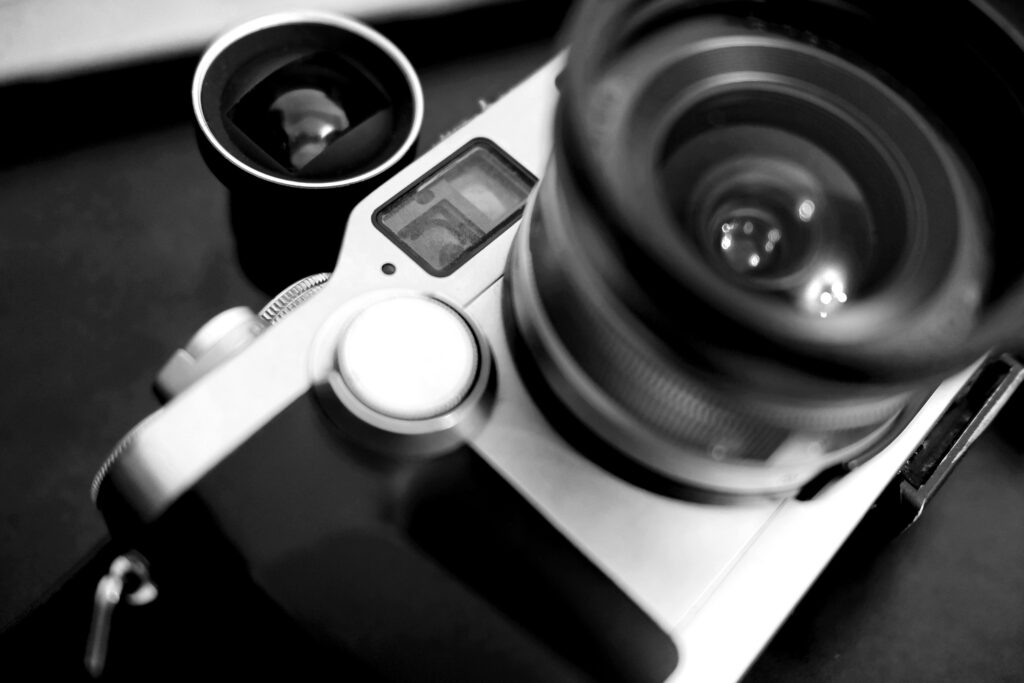
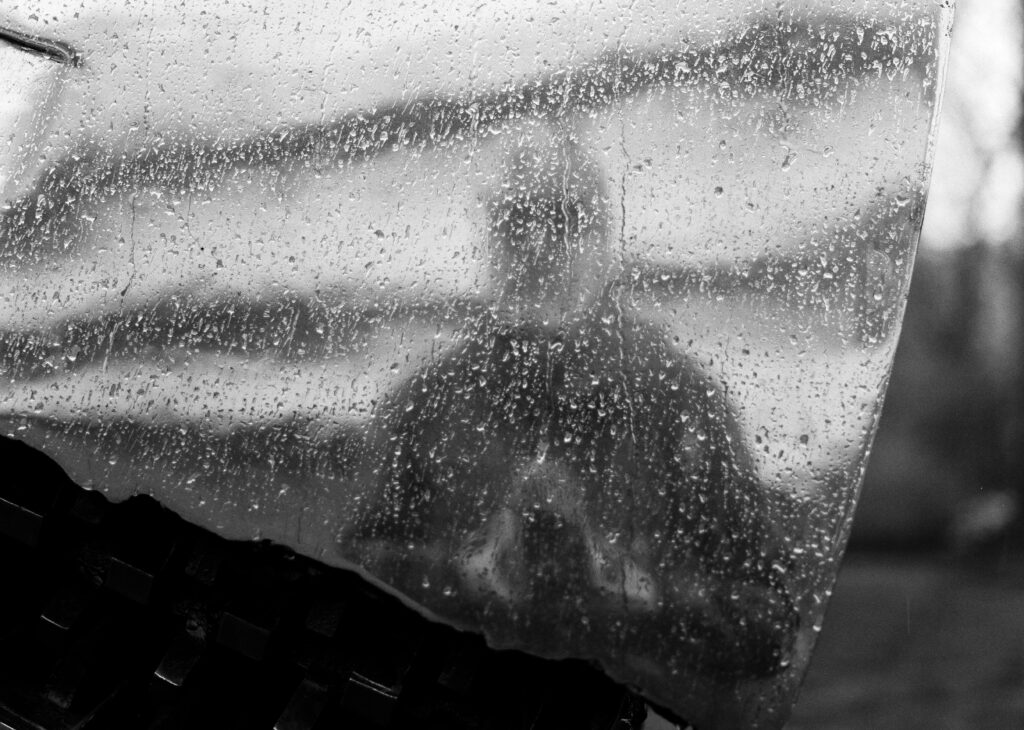

9 June, 2025
A Year in Pictures – 12 Frames in 12 Months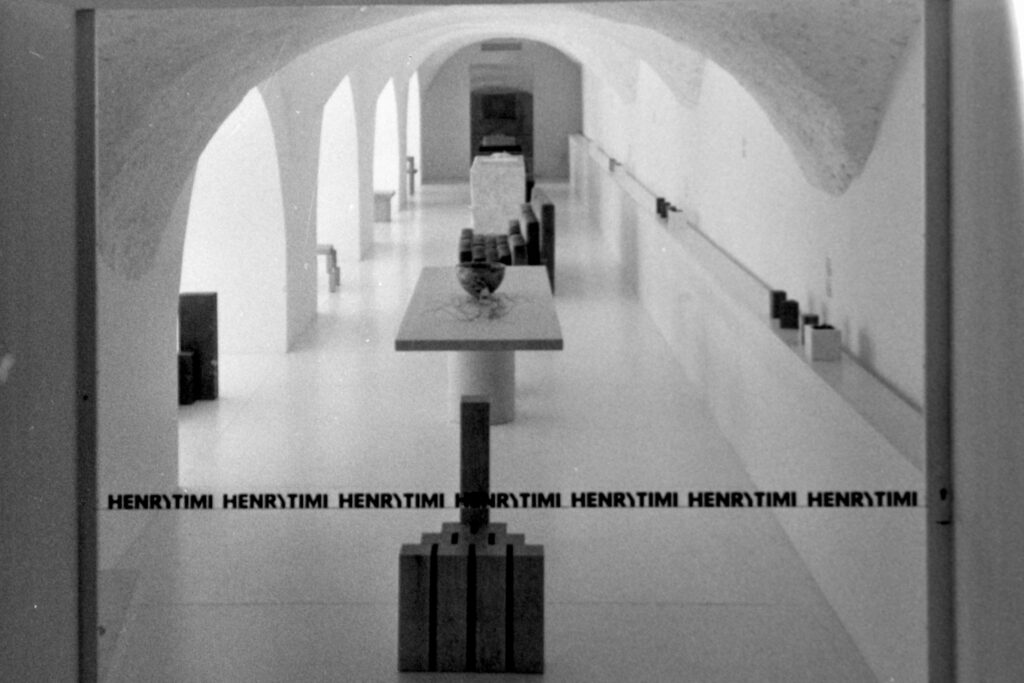

5 June, 2025
On Creativity – More Bad Photos, More Joy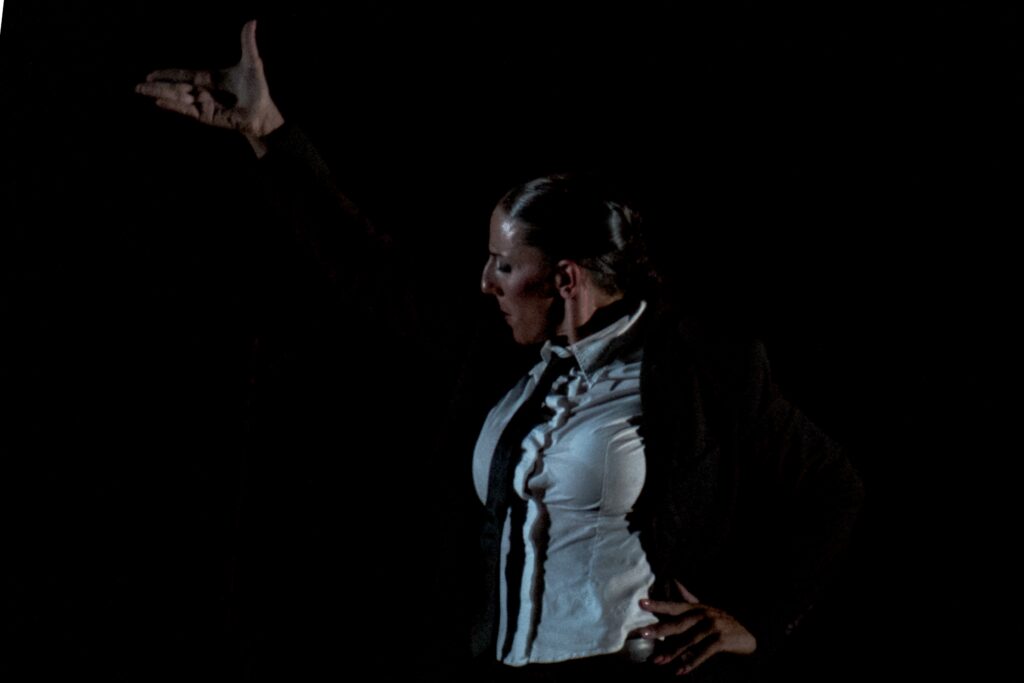

Photography & Projects
Looking for some inspiration, or just want to flick through the project work and photos?

Reviews & Experiences
If you're looking for photography equipment and peripheral reviews, this is the place to start!

Theory & Reflections
If you're looking for photography equipment and peripheral reviews, this is the place to start!

Tutorials & Knowhow
If you want to learn or discover a new technique, build on your skills, or be inspired to have a go at a bit of DIY or camera modification, then you’re in the right place.